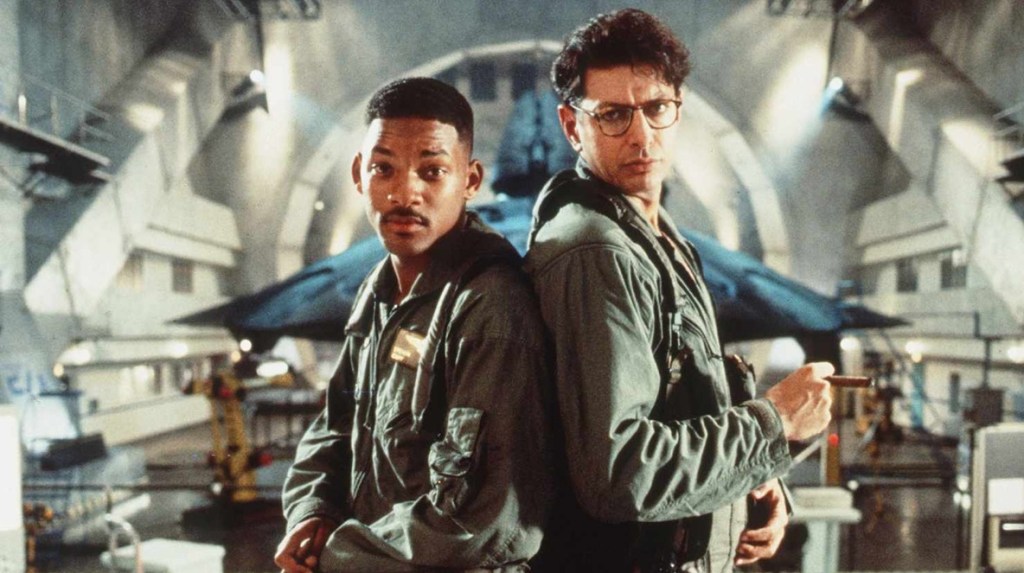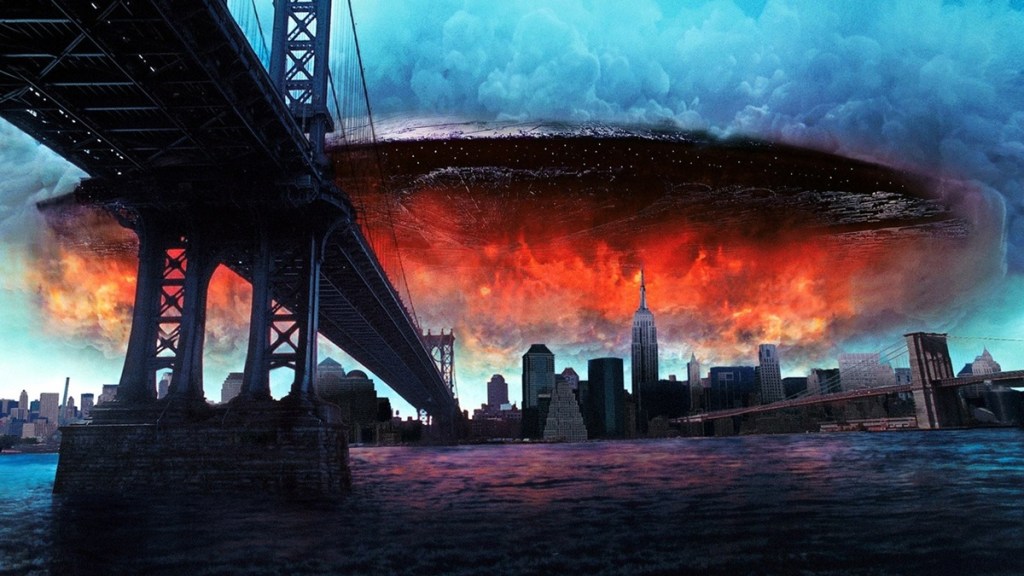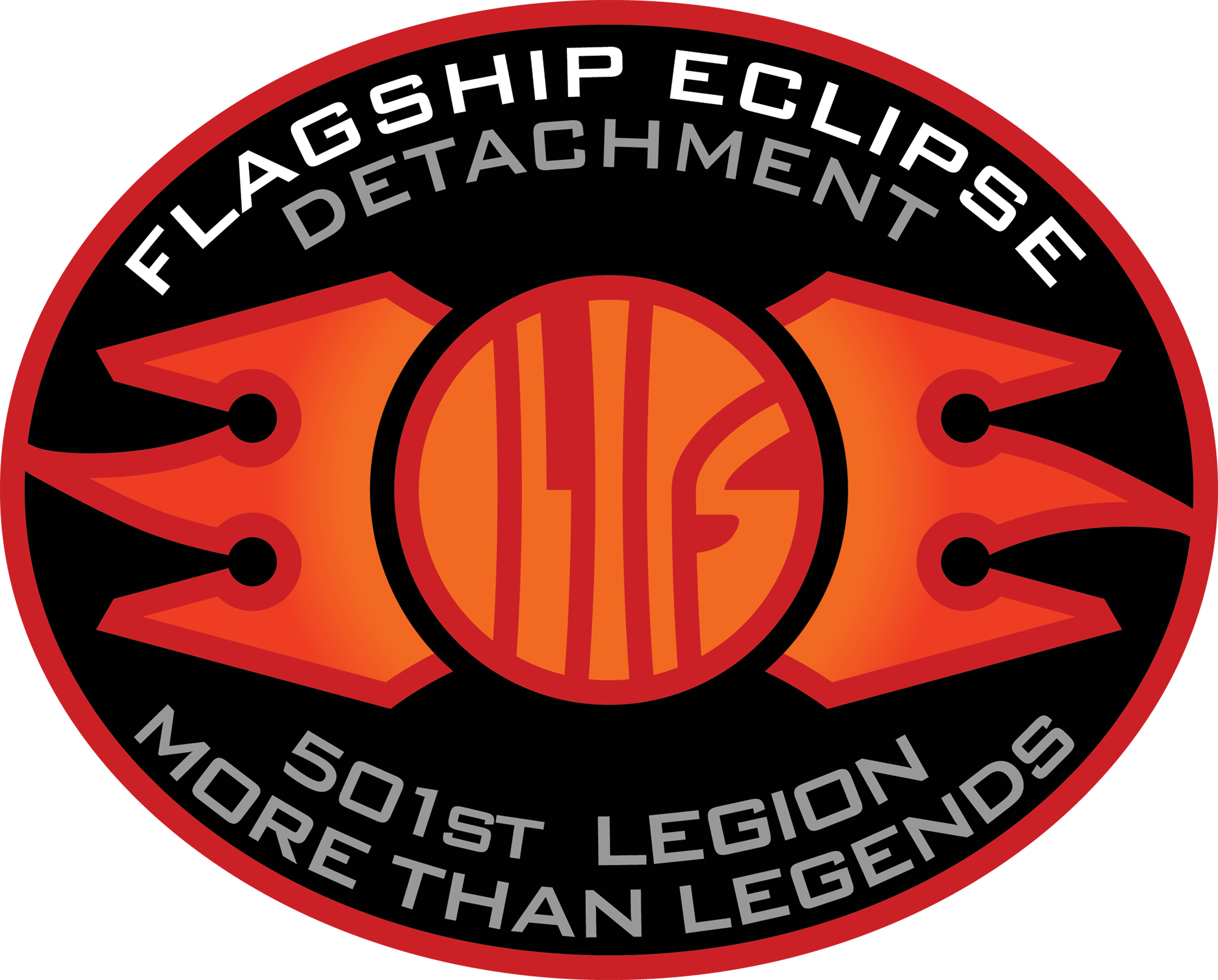
Independence Day started a whole new era of disaster movies, not to mention a slew of further features from filmmaker Roland Emmerich exploring this genre. This Stargate auteur found his golden ticket with movies concerning cities exploding in elaborate ways and he wasn’t about to let it go. In the years that followed Independence Day, Emmerich helmed The Day After Tomorrow, 2012, and Independence Day: Resurgence. As late as 2022, Emmerich was still making new forays into the disaster movie space with Moonfall, which concerned (as the title indicated) the moon plummeting to Earth and causing chaos.
Independence Day was a once-in-a-lifetime hit that Emmerich and his collaborators were keen to recreate as long as audiences would shell out tickets for titles like Tomorrow and 2012. However, save for his 2013 feature White House Down, Emmerich has never come close to matching the fun of Independence Day. The one that started it all for the man’s career is still by far his best motion picture.
Why Is Independence Day a Superior Roland Emmerich Movie?

One strange thing about Emmerich’s post-1996 Independence Day disaster movies is that they tried desperately to recreate this hit feature yet missed key ingredients that informed its success. Chiefly, they lacked the genuine fun and unabashedly sincere sentimentality of Independence Day. The Day After Tomorrow, for example, was an excessively mopey saga about a strained father/son dynamic. 2012 spent 160+ minutes on a predictable ballad of a divorced dad winning back his original wife while her new husband perishes. There just wasn’t much fun in these titles while the emotional beats rang hollow.
Independence Day, meanwhile, was an unabashedly rousing and sincere ode to humanity working together in the face of annihilation. Every subsequent Emmerich movie wishes it had a scene with a fraction of the emotional power of Randy Quaid’s Russell Casse choosing to sacrifice himself to save the planet. Other later movies, meanwhile, would inevitably lather a moment like canine Boomer leaping out of the way of a big explosion just in time with some atmosphere-destroying self-referential quip. Then there’s the iconic sequence where Bill Pullman’s fictional POTUS gives a speech for the ages.
[RELATED: 7 Unmade Will Smith Movies We Still Want to See (Besides The Matrix)]
These weren’t elements that the Independence Day crew incorporated because they were trying to mimic a previous box office hit; Emmerich and company were just following their creative instincts in expanding on the possibilities of classic disaster movies. Meanwhile, the 21st-century Emmerich disaster movies lacked the emotional spontaneity of Independence Day, not to mention its sincerity. The excessively snarky Moonfall, for instance, never had a chance to connect with moviegoers thanks to its overdose of wink-heavy dialogue.
Simplicity, Thy Name Is Independence Day

It doesn’t hurt that Independence Day, despite its lengthy run time, had a comparatively simple plotline differentiating it from other Emmerich disaster movies. Moonfall especially got bogged down in too much lore about what was going on inside the moon, while Independence Day: Resurgence similarly cluttered the run time with excessive mythos. Independence Day, meanwhile, had crisp and coherent human-centric storylines and didn’t get distracted by complex alien motivations. That’s not the point of this kind of movie and Emmerich knew that back in 1996.
Even the surplus of practical effects work makes Independence Day so much better than subsequent Emmerich disaster movies. By 1998’s Godzilla, Emmerich would begin embracing clumsy CG to a disastrous degree. Long before the weightless digital landscapes of Moonfall, though, Independence Day leaned heavily on miniatures and old-school visual effects techniques (combined with CG, of course). This made the movie’s spectacle extra exciting since it was realized with such tangible textures.
Even the human performers in Independence Day are such a significant step up from the actors populating other Emmerich features. Will Smith in immediate movie star mode, for example, is a riot, while Jeff Goldblum, much like in his Jurassic Park performance, is a delightful everyman contrast to the heightened spectacle. Even fleeting performers like Brett Spiner and Harvey Fierstein leave an infinitely bigger impression than, say, the lead actors of Moonfall or The Day After Tomorrow. Everywhere you look in Independence Day, there’s evidence that Emmerich’s blockbuster cinema chops peaked with his first big disaster movie. Three decades of further big-budget movies and Emmerich still can’t top this striking mixture of a great cast, terrific practical effects, and an unforgettable movie speech.
Independence Day is now streaming on Hulu.
The post 29 Years Later, Independence Day Is Still Roland Emmerich’s Best Movie appeared first on ComicBook.com.

